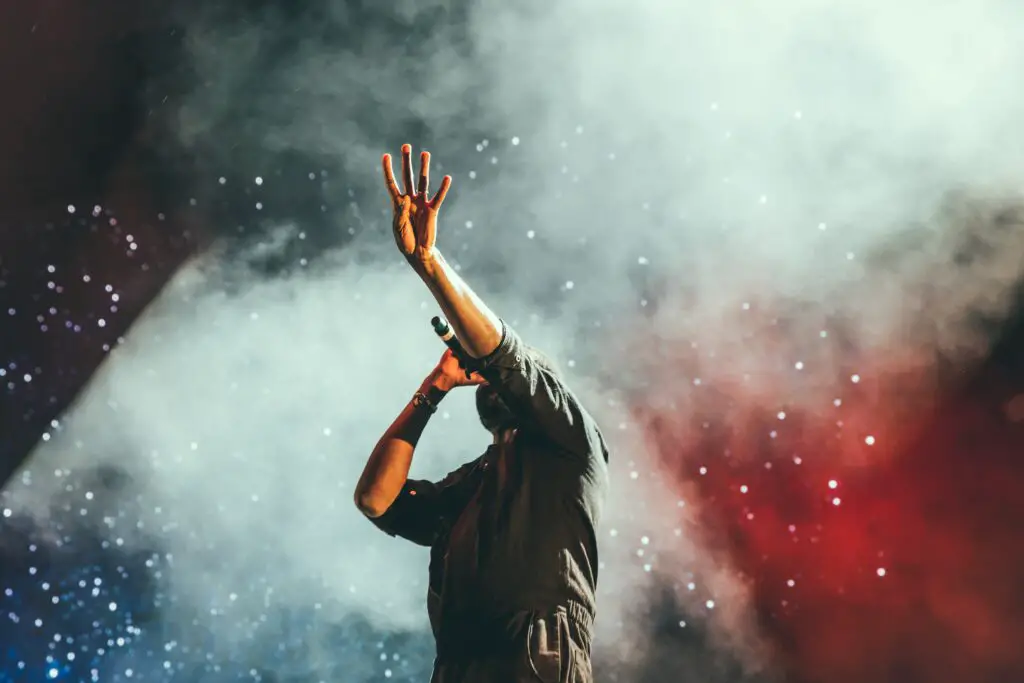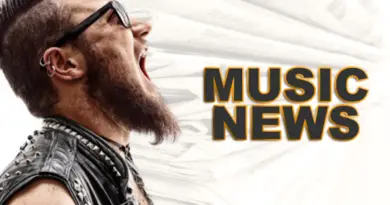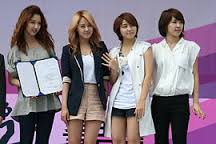
What’s the story of acts doing encores in concert?
[This was my weekly column for GlobalNews.ca. – AC]
Encores really bug some concertgoers. Why go through the motions of pretending the show is over one, two, three, or more times, only to return to the stage to play another song or two each time? Whose idea was this?
The answer is rooted in technology — or rather, the lack of it.
The genesis of the encore goes back to at least the 18th century, long before anyone could summon up music on demand. Without recorded music, the only way anyone could hear their favourite music was to wait for an opportunity to go someplace where it would be performed. Once the concert was over, it was over — unless the audience decided to hit the 1700s version of the “repeat” button.
The crowd yelled “Encore!” — French for “again.” In Italy, the cry was “Ancora!” These were demands by the audience (and more importantly, the performer’s wealthy patrons) to hear the most popular songs or portions of, say, an opera, one more time. And back then, these exhortations didn’t just happen at the end of the show. Shouts of “encore/ancora” (and alternately “une autre,” “un rappel,” “bis,” and “un’altra volta”) erupted several times during a performance in hopes of encouraging the orchestra to play a popular part of a piece again right then and there.


